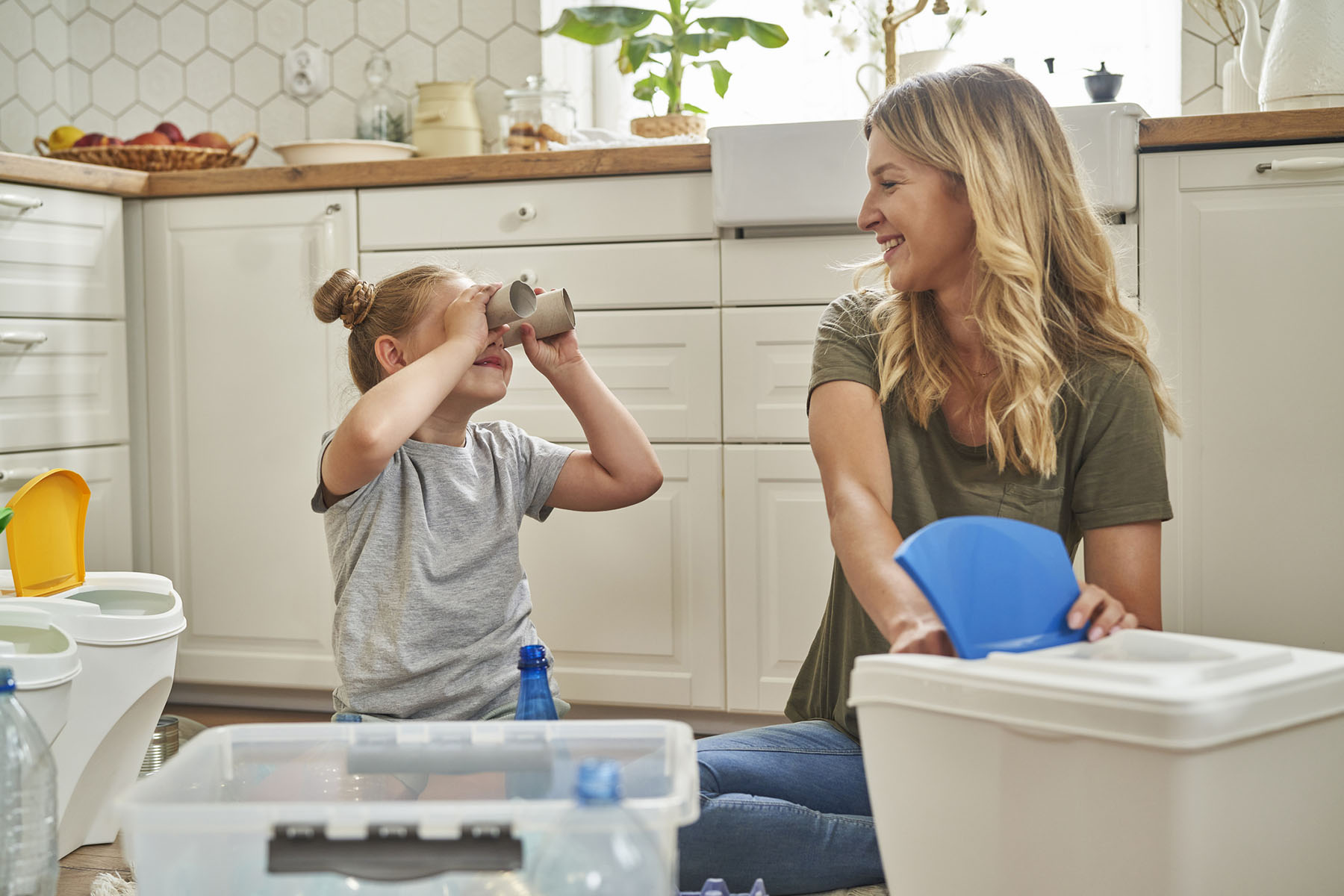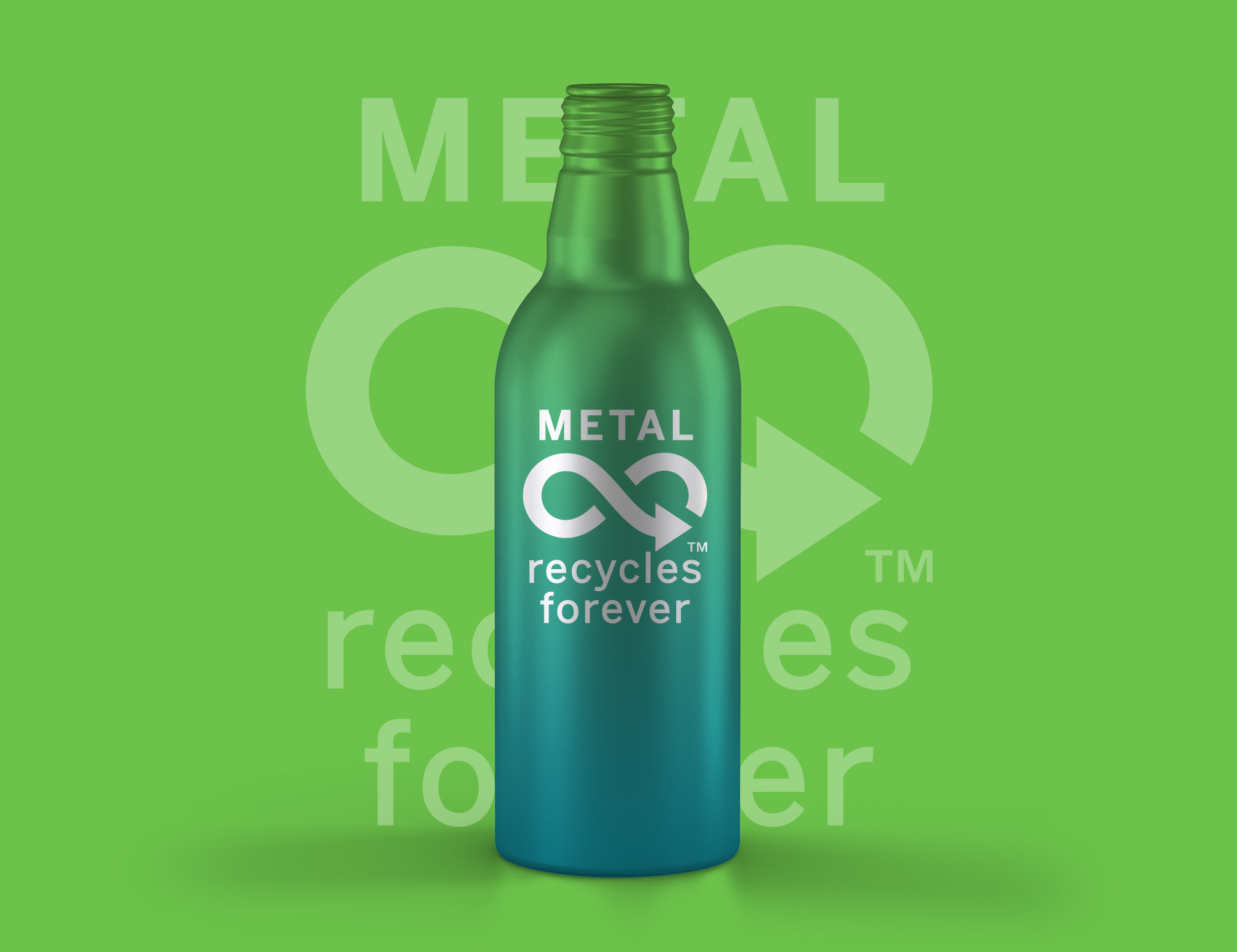00
Understanding the evolving mindset around sustainability
Understanding the evolving mindset around sustainability
Survey methodology
01
Embracing sustainability through packaging
Changing habits
Increasing consumer attention
Increasing product variety
Regional variations
Misleading claims around recyclability
The benefits of metal packaging
02
The effect of tough economic times
Sustainable packaging beats budgets
Consumers are still willing to pay more
03
Making sustainability more intuitive
Clear information
Sustainability claims on packaging
Sustainability claims and outcomes
04
Refillable and reusable packaging
05









